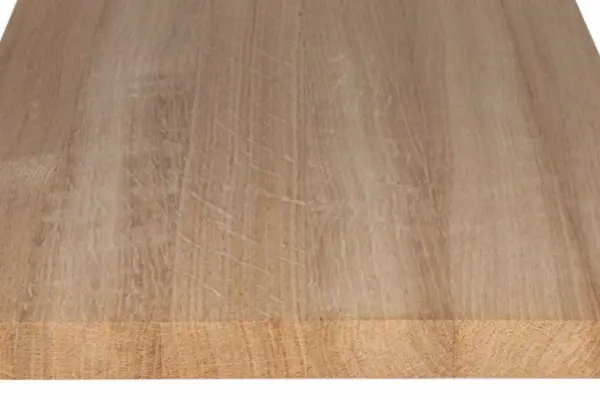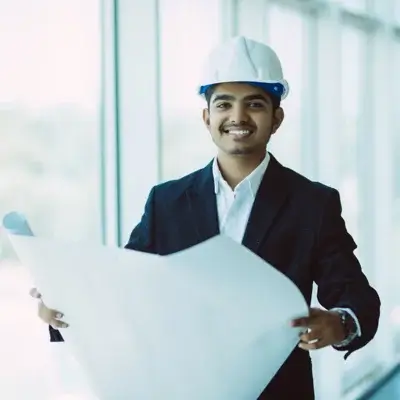Furniture board is a versatile material that, when handled properly, can last for many years. Solid wood requires a special approach to storage and use. According to the Wooden Furniture Manufacturers Association, over 35% of premature damage cases of furniture boards are caused by improper storage conditions. In 2025, the global market for wooden panels is valued at $14.2 billion, and the average price of a high-quality oak furniture board is around $85 per square meter. Demand for furniture boards has grown by 12%, indicating a rising interest in natural materials in furniture production.
Effective use of furniture boards opens up wide possibilities for creating durable and eco-friendly furniture. Interestingly, many modern interior designers point out that solid wood furniture is not only beautiful but also contributes to a healthier indoor microclimate. Like a living organism, a furniture board "breathes" and regulates humidity in the room—acting as a natural air conditioner for your home!
What is a furniture board and its key characteristics
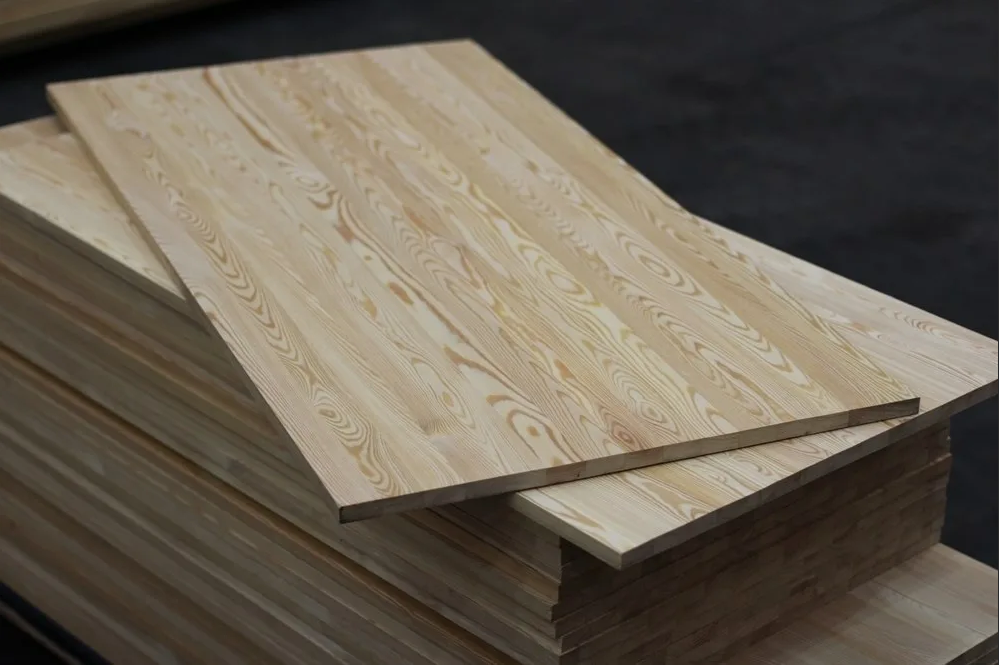 A furniture board is a wooden panel made by gluing wooden lamellas together. Its production is based on technology that joins wood blocks without using finger joints. Standard lamella widths are 30 or 45 mm. For structural integrity and strength, it is critical to use lamellas of the same size within a single panel during production.
A furniture board is a wooden panel made by gluing wooden lamellas together. Its production is based on technology that joins wood blocks without using finger joints. Standard lamella widths are 30 or 45 mm. For structural integrity and strength, it is critical to use lamellas of the same size within a single panel during production.
Depending on the manufacturing technology, there are two main types of furniture boards:
- Solid-lamella furniture board — glued only along the width, with no joints along the length, ensuring uniform structure and appearance
- Jointed furniture board — lamellas are connected both in width and length, allowing the creation of larger boards
Understanding the differences between these types is essential for selecting the right material for a specific task. Each type has its own advantages and recommended uses.
The material’s moisture content ranges from 6–12%, and the difference in moisture between individual blocks within a board does not exceed 2%. This is a critical factor directly affecting dimensional stability and resistance to deformation during use. The moisture level during storage must match the conditions of the future use environment.
The maximum dimensions of furniture boards reach 5500×1300×10(150) mm, making them suitable for creating large furniture items and interior elements without additional joints. Modern production facilities use high-quality D3–D4 class adhesives that provide excellent water resistance. Statistics show that about 70% of all furniture boards produced globally have standard dimensions of 2000×600 mm.
"Many beginners underestimate the importance of proper furniture board selection and storage. In my 15 years in the furniture industry, I’ve seen expensive boards become unusable in just a few weeks due to poor storage. The golden rule: never skimp on storage conditions—it’s an investment in the quality of your future furniture." — Thomas Reynolds, master cabinetmaker with 30 years of experience
Basic rules for storing furniture boards
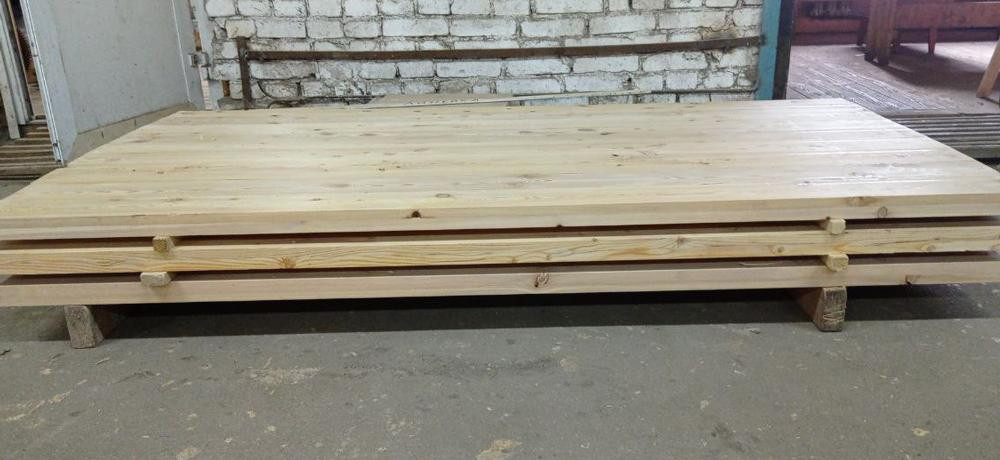 Proper storage of furniture boards is a key factor in preventing deformation and extending the material's lifespan. Not everyone realizes that wood continues to "live" even after processing. It reacts to environmental changes like a sponge—absorbing and releasing moisture depending on the storage conditions.
Proper storage of furniture boards is a key factor in preventing deformation and extending the material's lifespan. Not everyone realizes that wood continues to "live" even after processing. It reacts to environmental changes like a sponge—absorbing and releasing moisture depending on the storage conditions.
Optimal humidity and temperature conditions for furniture boards
Furniture board storage should meet the following parameters:
- Relative humidity indoors: 45–65%
- Winter storage temperature: from +5 to +18 °C
- Summer temperature: not above +25 °C
These parameters ensure optimal moisture balance in the wood and help avoid unwanted material deformations.
Avoid storing boards in rooms undergoing "wet" renovations like plastering, filling, or screed laying. Last season, I witnessed a case where a batch of valuable oak boards was irreversibly damaged after being stored for two weeks in a room where tiling was in progress. The storage humidity was violated, resulting in warping and cracking. The loss cost the client nearly $3,000.
Use a hygrometer to monitor humidity—a small investment (around $20) in this device can save thousands in material costs. Proper ventilation is crucial to prevent condensation. If needed, install a dehumidifier or humidifier to maintain optimal conditions. In some cases, it makes sense to use the manufacturer's storage service—they can buy boards wholesale and store them under ideal conditions.
Correct positioning when storing furniture boards
The correct positioning of boards during storage is just as important as the climate:
- Horizontal storage of furniture boards is essential to prevent deformation
- Never place a glued board on its edge
- Use spacers at least 30 mm thick
- Distribute spacers evenly along the board's length (minimum three spacers)
Following these guidelines ensures proper load distribution and prevents board deformation during storage.
Horizontal storage ensures even load distribution and prevents bending. Two spacers should be placed at the edges, and the others distributed evenly in the center. The same principles apply during delivery—the material must be securely fixed in a horizontal position.
| Storage conditions | Maximum storage time without treatment | Deformation risk | Recommendations |
|---|---|---|---|
| Optimal (humidity 45–65%, t° +15–20°C) | Up to 6 months | Low | Check condition monthly |
| Satisfactory (humidity 40–70%, t° +10–25°C) | Up to 3 months | Medium | Treat ends before storage, check every 2 weeks |
| Unfavorable (humidity below 40% or above 70%) | 2–4 weeks | High | Treat entire surface, inspect weekly |
| Critical (sudden fluctuations in humidity and temperature) | Not recommended | Very high | Immediately improve storage conditions |
This table clearly illustrates how different storage conditions affect the longevity of furniture boards. Even under optimal conditions, it is recommended to regularly inspect the material, especially if stored for more than a month. Keep in mind that packaging and stacking also affect the preservation of the material.
Protection against deformation and acclimatization of furniture boards
Deformation of furniture boards is one of the main issues when working with this material. According to the American Furniture Manufacturers Association, over 40% of defects are related to board warping. Following a few rules will help minimize the risk:
- Smaller dimensions (width and length) reduce the risk of warping
- The thicker the board, the less susceptible it is to deformation
- After unpacking, always treat the ends of the boards with varnish, wax, or oil
- Ensure acclimatization of the board before installation
Adhering to these recommendations significantly reduces the risk of deformation and extends the lifespan of furniture board products.
Acclimatizing the board before installation is especially important to help the material adapt to the indoor environment. New batches should be left in the room where they will be used for at least 5–7 days. This simple step allows the board to adjust to the local conditions and significantly lowers the risk of future deformation. As for how long furniture boards can be stored without use, the recommended period is no more than 6 months under optimal conditions.
In 2022, a small furniture workshop in Oregon, USA, faced a crisis. The owner, John, purchased a batch of pine boards for kitchen furniture production. Due to time pressure, the boards were stored in a damp basement with humidity reaching 80%. Within a month, half the material warped, causing $5000 in losses. John studied storage guidelines, installed a dehumidifier to maintain 50% humidity, and began treating board ends with wax. This saved the next batch, and clients noticed a boost in furniture quality. The workshop now thrives, and John shares his knowledge with fellow craftsmen to help them store furniture boards correctly.
Processing and protection technologies for furniture boards
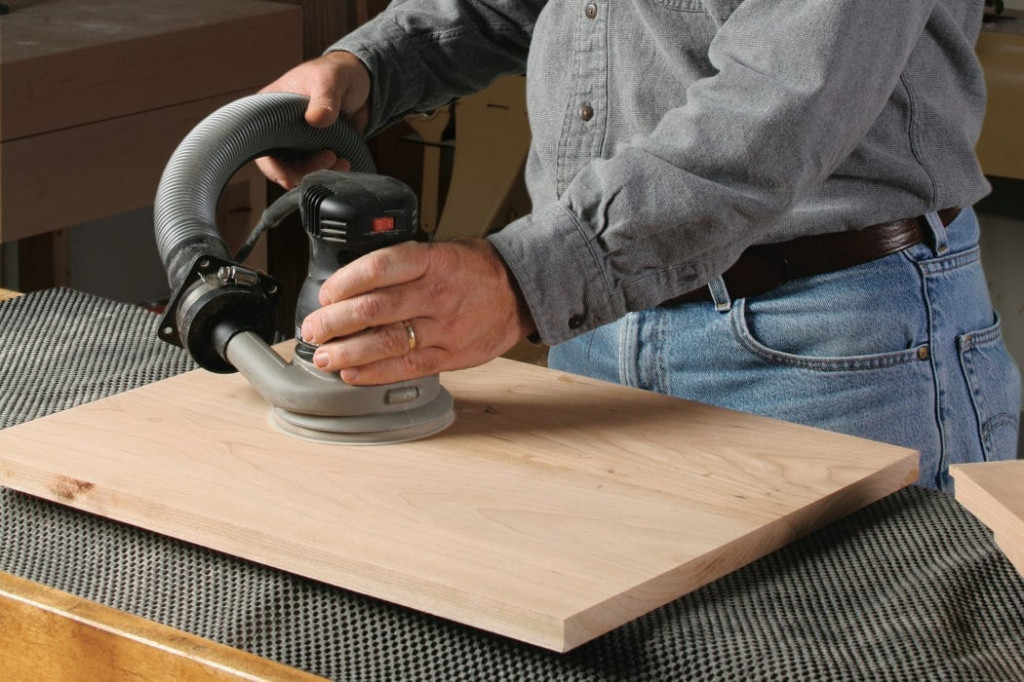 Furniture board processing is a key stage that determines the appearance and durability of the product. Proper use starts with quality preparation. The technological process includes several important steps, each requiring attention to detail.
Furniture board processing is a key stage that determines the appearance and durability of the product. Proper use starts with quality preparation. The technological process includes several important steps, each requiring attention to detail.
Surface preparation and sanding
Before applying protective coatings, the surface must be carefully prepared:
- Surface leveling (if needed)
- Sequential sanding with abrasives of varying grit (from 80 to 120–180)
- Dust removal and degreasing
Proper sanding is the foundation for achieving an ideal result and ensuring long-lasting performance.
Sanding quality directly impacts the final outcome. Furniture makers recommend using sanding machines with dust collectors—not only to improve surface quality but also to protect respiratory health. In my experience, start with 120-grit paper for pine and spruce boards, and 80–100 grit for hardwoods like oak or ash. This forms the basis of a beautiful and durable finish.
Choosing protective coatings for furniture boards
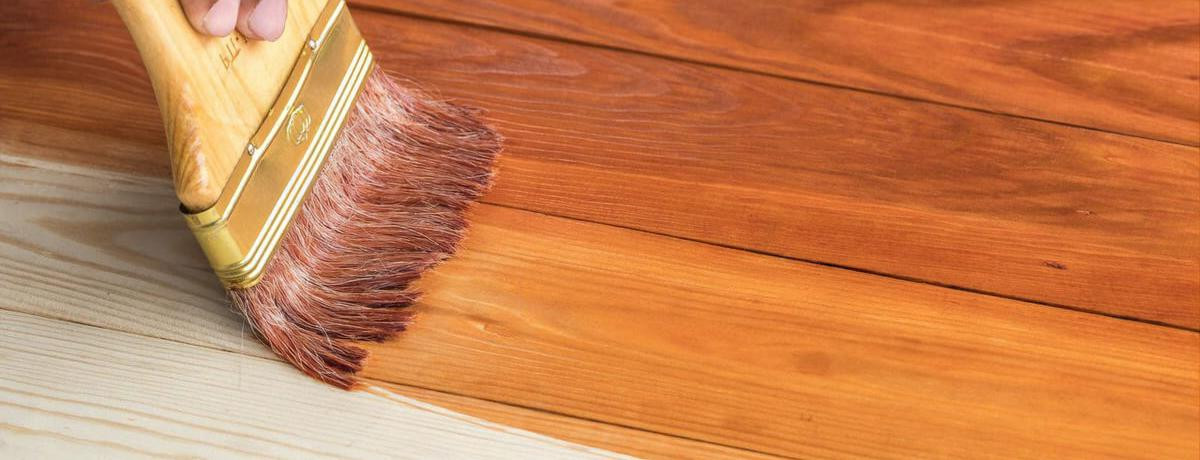 The modern market offers a wide variety of products for finishing and protecting furniture boards:
The modern market offers a wide variety of products for finishing and protecting furniture boards:
- Oils (linseed, tung, Danish) – enhance wood grain, easy to apply and renew
- Varnishes (acrylic, polyurethane) – form a durable, moisture-resistant, and wear-resistant layer
- Waxes – provide a silky sheen and water-repellent properties
- Combined compounds (oil-wax) – combine benefits of both types
The right protective finish depends on the product’s purpose and the usage environment of the board.
For high-wear surfaces like countertops and stairs, matte varnish or hard oil with high abrasion resistance is best. For decorative elements, any coating that enhances the wood’s natural beauty is suitable. If you’re interested in exploring the range of protective products and their applications, check out this review of modern wood protection materials.
For kitchen countertops made from furniture board, use special food-safe oils that can withstand heat. Honestly, oils are easier to apply yourself, and in case of damage, the surface can be spot-repaired without refinishing the entire piece.
Application technology for protective coatings on furniture boards
Proper application of protective compounds is key to achieving a durable and high-quality finish:
- Apply a thin, even layer along the grain direction
- Allow to dry as per manufacturer instructions (usually 8–24 hours)
- Perform intermediate sanding with fine-grit abrasive (220–320 grit)
- Apply additional coats (2–3 for oils, 3–5 for varnishes)
Following the correct application technique is critical for achieving a reliable coating that protects the furniture board.
Pay special attention to sealing the board edges—they are the main areas for moisture exchange. Honestly, applying extra layers to the ends can extend the product’s life by years. Wood ends act like “capillaries” through which moisture is absorbed and released. If you're wondering how to best protect your board, I recommend applying at least 1–2 more layers to the ends than to flat surfaces.
| Coating type | Advantages | Disadvantages | Recommended use | Service life |
|---|---|---|---|---|
| Natural oil | Enhances grain, eco-friendly, easy to restore | Low moisture protection, requires regular reapplication | Decorative elements, furniture in dry rooms | 1–2 years before renewal |
| Hard oil (with wax) | Good protection, natural look, easy to repair | Higher cost, moderate scratch resistance | Countertops, living room furniture | 2–3 years before renewal |
| Acrylic varnish | Fast drying, low odor, good water resistance | Moderate wear resistance | Cabinets, shelves, wall panels | 3–5 years |
| Polyurethane varnish | High durability, excellent moisture resistance | More complex application, strong odor | Stairs, countertops, flooring | 5–7 years |
| Beeswax | Silky finish, pleasant scent, eco-friendly | Low resistance to moisture and wear | Decorative elements, bedroom furniture | 6–12 months before renewal |
This table summarizes the features of various protective coatings and helps you choose the best option for protecting and finishing your furniture boards. When selecting a finish, consider not only the desired aesthetics but also the usage conditions and your willingness to maintain the coating regularly.
Innovative approaches to using furniture boards
Modern furniture design trends open up new horizons for using furniture boards:
- Combining different wood species in one item to create contrasting elements
- Integrating other materials (metal, glass) with furniture boards
- Creating modular constructions with transformation capabilities
- Applying aging techniques to achieve a vintage look
- Using lumber for furniture production with minimal waste
These approaches allow the creation of unique furniture pieces tailored to clients' needs and tastes.
Eco-friendly technologies are becoming increasingly popular. Not always easy. But effective. The use of recycled wood, non-toxic glues, and finishes enables truly sustainable furniture production. In 2024, sales of eco-friendly furniture materials increased by 23%, highlighting growing demand for environmentally responsible solutions.
Modern design also actively explores unconventional ideas—furniture boards are used to create acoustic panels, decorative partitions, and even artworks. Furniture boards are shipped by manufacturers in specialized packaging that protects the material from damage and moisture during transit. Online stores offer a wide range of furniture boards in various species, sizes, and processing levels.
Preventing and solving common issues
Preventing issues with furniture boards is always easier and more cost-effective than fixing defects. Knowing common problems and how to prevent them helps keep the material in perfect condition and ensures long-term use.
Preventing warping and deformation of furniture boards
Warping is the most common problem when working with furniture boards. The following measures can help avoid it:
- Maintain stable humidity indoors (45–65%)
- Evenly treat all board surfaces, including edges
- Use boards with moisture content appropriate to usage conditions
- Avoid fasteners that restrict natural wood movement
Following these tips will significantly reduce the risk of warping and deformation in furniture boards.
Special attention should be paid to seasonal humidity changes. In winter, heating systems can dry out the air, causing wood to shrink and crack. Storage temperatures should be stable, without sudden fluctuations. Using humidifiers can help avoid this issue and preserve the material’s integrity.
Repair and restoration of damaged boards
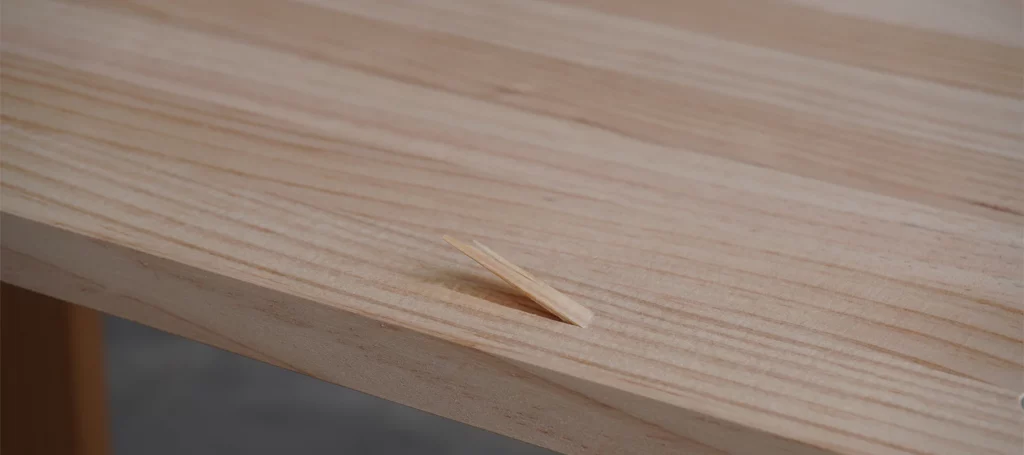 If you’re wondering what to do when a furniture board gets deformed, there are several solutions. Even with proper care, boards may still suffer damage. Most can be repaired:
If you’re wondering what to do when a furniture board gets deformed, there are several solutions. Even with proper care, boards may still suffer damage. Most can be repaired:
- Cracks and glue joint separation – clean the area, apply glue, clamp tightly
- Surface scratches – sand and reapply protective coating
- Deformations – straighten using moisture and pressure
- Stains – lighten with special compounds or local sanding
Timely repairs can extend the lifespan of furniture board products and maintain their aesthetic appeal.
Working with wood often brings unexpected challenges. A furniture board is like a temperamental instrument—it needs attention and care. A minor defect can turn into a major issue if ignored. While production methods continue to improve, wood’s natural reactions to temperature and humidity remain.
Regular care and maintenance of furniture boards
Regular maintenance significantly extends the lifespan of furniture board products:
- Clean surfaces with a soft, slightly damp cloth
- Avoid harsh cleaning chemicals
- Periodically renew the protective finish (based on the coating type)
- Keep furniture away from heat sources and direct sunlight
These simple practices will preserve the original look and properties of your furniture board items for years to come.
For products finished with oil or wax, renewing the protective coating every 1–2 years is recommended, depending on use. This is a simple process that can be done by hand and greatly prolongs the item’s life. Proper care for furniture boards is affordable yet highly effective in maintaining their functional and visual qualities.
Restoring and updating furniture board items
 One of the biggest advantages of furniture boards over other materials is the ability to fully restore and renew the surface. Even heavily damaged pieces can often be repaired to regain—if not surpass—their original appearance.
One of the biggest advantages of furniture boards over other materials is the ability to fully restore and renew the surface. Even heavily damaged pieces can often be repaired to regain—if not surpass—their original appearance.
Key stages of furniture board restoration
The restoration process includes several essential steps:
- Assess the item's condition and determine the work scope
- Remove old coating (if needed)
- Eliminate defects (dents, scratches, cracks)
- Sand the surface
- Apply a new protective finish
Properly executed restoration not only recovers the appearance but can improve the product’s characteristics.
The complexity depends on the level of damage. For surface renewal, light sanding and a new coat are often enough. More serious cases may require deep restoration or part replacement. During restoration, proper storage and stacking of boards is essential to maintain material quality between stages.
Interestingly, the cost of fully restoring a high-quality furniture board product is usually only 30–40% of a new equivalent. Yet the restored item can last many more years, matching the original in quality. This makes restoration a cost-effective and eco-friendly solution.
Refreshing the look without deep restoration
If the item isn’t seriously damaged but looks outdated or doesn’t match the new interior, its appearance can be refreshed using various techniques:
- Changing color with stains or tinted oils
- Creating a vintage effect (brushing, patination)
- Decorating the surface (decoupage, painting)
- Combining with other materials (metal, glass)
These methods give new life to old furniture and adapt it to current design trends.
Such techniques are especially useful for large pieces with solid construction but outdated looks. In Scandinavian countries, furniture renewal is so popular that there are specialized workshops offering renovation of classic interior items.
Practical tips for choosing and buying furniture boards
Buying a high-quality furniture board is a critical step for any project’s success. In 2025, the global furniture board market is valued at $12.5 billion, but not all products meet their claimed quality. To make the right choice, follow these tips.
Criteria for selecting high-quality furniture board material
When choosing a furniture board, pay attention to the following characteristics:
- Visually uniform surface, free from visible defects
- Compliance with the declared wood species (color, texture, density)
- Quality of lamella bonding, no gaps between them
- Moisture content (measured with a moisture meter) should be within 8–12%
- Dimensional accuracy (check diagonals for warping)
Carefully inspecting the material before purchase helps avoid unpleasant surprises during use.
When inspecting a board in person, run your hand over the surface—it should be smooth, with no splinters or rough patches. Pay attention to the edges—they should be straight, free of cracks or signs of rot. If you're buying a board from an online store, make sure the seller provides detailed product photos and a warranty policy.
Price-to-quality ratio of furniture boards
The cost of a furniture board depends on several factors:
- Wood species (oak and ash are more expensive than pine or spruce)
- Board type (solid-lamella boards are typically pricier than finger-jointed ones)
- Processing quality (sanding, grading)
- Dimensions (custom sizes cost more)
- Moisture control at the production facility
Choose the material according to your project’s requirements and align it with your budget.
The average price of a pine furniture board (1000×600×18 mm) is about $35–45, while the same size in oak costs $75–100. Prices vary by region and manufacturer. Some companies offer bulk purchases at a discount, which can be cost-effective for large-scale projects.
Don’t chase the lowest price—saving $10–15 on material can lead to significant long-term losses. A furniture board is an investment that requires a smart approach. Cheap materials often come with hidden defects, incorrect moisture levels, or poor finishing.
"When choosing a furniture board supplier, look beyond price—consider how they store their materials. If possible, visit the warehouse. Boards should be kept in dry rooms, lying flat, not leaning against walls or piled randomly. A reliable supplier will gladly provide information about wood origin, production techniques, and storage practices. These are fundamental signs of professionalism." – Mark Brooks, furniture designer with 20 years of experience
Environmental aspects of using furniture boards
 In 2025, environmental concerns are more important than ever. Being a natural material, furniture boards offer many ecological advantages—but some nuances must be considered.
In 2025, environmental concerns are more important than ever. Being a natural material, furniture boards offer many ecological advantages—but some nuances must be considered.
Eco-friendliness of materials and production processes
Solid wood furniture boards are considered among the most eco-friendly materials for furniture manufacturing. Unlike MDF or particle board, they contain no formaldehyde resins or other potentially hazardous chemicals.
From an environmental perspective, look for the following when choosing furniture boards:
- FSC (Forest Stewardship Council) certification – ensures responsible forest management
- Use of non-toxic glues (emission class E0 or E1)
- Availability of documentation confirming environmental safety
These factors are essential to ensure the safety and sustainability of finished products, especially for home interiors.
Boards made from certified wood may cost 10–15% more, but this premium is well worth it from an ecological responsibility standpoint. Studies show that around 40% of consumers are willing to pay more for environmentally safe materials. Eco-friendly furniture components are no longer just trendy—they’re a conscious choice for people who care about their health and the planet.
Sustainability and recycling of furniture boards
One key advantage of furniture boards is their full recyclability and potential for reuse. Furniture board products are easily restorable, which greatly extends their service life.
Modern sustainable practices in the furniture industry include:
- Using timber from managed forests
- Repurposing manufacturing leftovers into small items
- Producing boards from reclaimed wood
- Using biodegradable finishes and adhesives
These principles help reduce the environmental impact of both manufacturing and product use.
Natural wood furniture acts like a living oasis in the home—regulating humidity, releasing beneficial phytoncides, and fostering a sense of connection with nature. Lumber sourced according to sustainable forestry principles supports long-term conservation of forest resources.
Conclusion: best practices for furniture board longevity
Furniture boards are materials with enormous potential that can last for decades if handled correctly. To summarize, here are the core principles for working successfully with furniture boards:
- Proper storage conditions (45–65% humidity, stable temperature, horizontal placement)
- Thorough treatment of all surfaces, with special attention to edges
- Acclimatize the board before installation (at least 5–7 days)
- Choose the appropriate board type for the task, considering loads and aesthetics
- Maintain regular care and timely renewal of protective coatings
Following these principles will ensure long-lasting, trouble-free use of furniture board products.
By adhering to these recommendations, you’ll preserve the durability and visual appeal of your furniture board products. Thanks to their eco-friendliness, aesthetic charm, and practicality, furniture boards remain one of the best materials for creating cozy and healthy living environments.
Investing in quality material and proper care is an investment in your quality of life for years to come. In an age of mass production and fast consumption, furniture boards represent a haven of quality, individuality, and sustainability—fostering a special connection between people and the objects that surround them.
